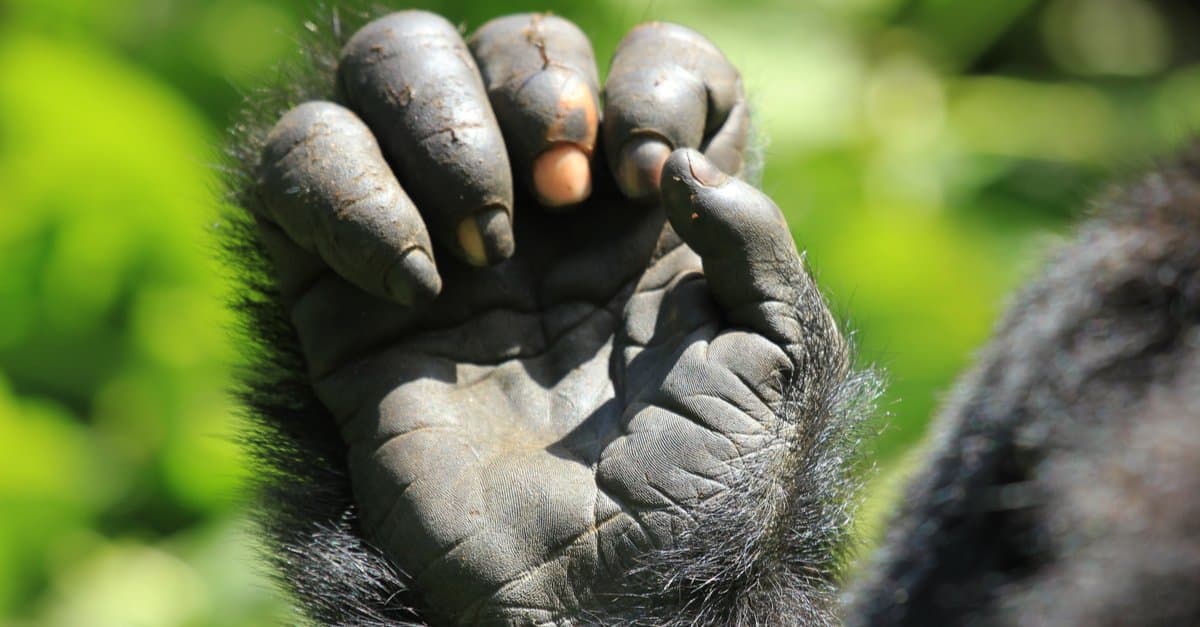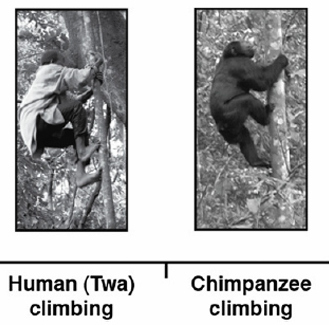

To understand the relationship between foot morphology and bipedal locomotion, the kinematics and kinetics of the foot during locomotion must be elucidated. The fact that the human foot is morphologically distinct from that of other primates indicates that the modification of the foot structure is vital to the evolution of human bipedal locomotion. Because human bipedal locomotion is a mechanical phenomenon that translates the body center-of-mass while avoiding a fall by the appropriate control of reaction forces applied to the body from the ground, the unique morphological specialization of the human foot is expected to be closely associated with the acquisition of habitual bipedal locomotion during the course of human evolution. Additionally, a curved transverse arch, which can increase the stiffness of the human foot, has been suggested recently ( Venkadesan et al., 2020).ĭuring the stance phase of gait, the feet are the only parts of the body that mechanically interact and are in direct contact with the ground. In addition, the human foot exhibits unique morphological features, such as a longitudinal arch with an enlarged, robust calcaneus, and a well-developed plantar aponeurosis, which allows mechanical energy to be stored in the form of elastic energy and successively released during the contact of each foot ( Ker et al., 1987 Bramble and Lieberman, 2004 Stearne et al., 2016). By contrast, the hallux of the human foot is aligned in parallel with the other four digits as such, the prehensile function is not afforded. The foot of non-human primates, such as chimpanzees, has an opposable hallux that faces the other four digits to allow the grasping of objects. To adapt to habitual bipedal locomotion, the human foot has evolved significantly in the course of human evolution ( Morton, 1922 Weidenreich, 1923 Morton, 1924 Susman, 1983).

This computational framework for a comparative investigation of the causal relationship among the morphology, kinematics, and kinetics of the foot may provide a better understanding regarding the functional significance of the morphological features of the human foot. Furthermore, the human foot can store elastic energy more effectively during axial loading for the effective generation of propulsive force in the late stance phase.
#Chimpanzee vs human vs gorilla hands and feet free
Furthermore, the vertical free moment generated by the coupling motion of the calcaneus and tibia during axial loading is larger in the human foot, which can facilitate the compensation of the net yaw moment of the body around the COP during bipedal locomotion. Our results indicate that the center of pressure (COP) is located more anteriorly in the human foot than in the chimpanzee foot, indicating a larger stability margin in bipedal posture in humans.

Physiologically realistic loading conditions of the feet during quiet bipedal standing are simulated. The contacts between the bones and between the foot and ground are solved using frictionless and Coulomb friction contact algorithms, respectively.

The ligaments and plantar fascia are represented by tension-only spring elements. Foot bones and the outer surface of the foot are extracted from computer tomography images and meshed with tetrahedral elements. To comparatively investigate the morphological adaptation of the human foot for achieving robust and efficient bipedal locomotion, we develop three-dimensional finite element models of the human and chimpanzee feet.


 0 kommentar(er)
0 kommentar(er)
